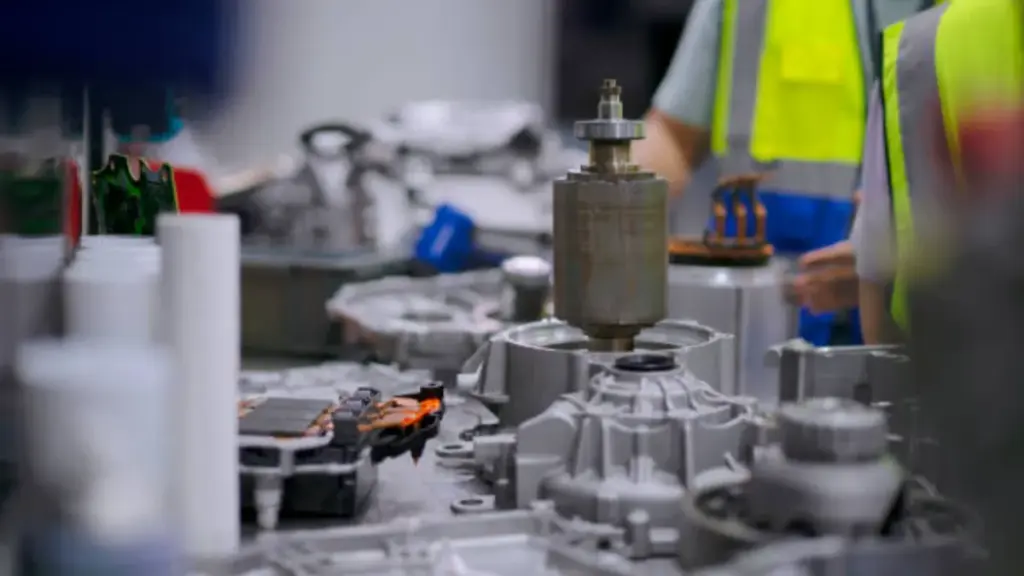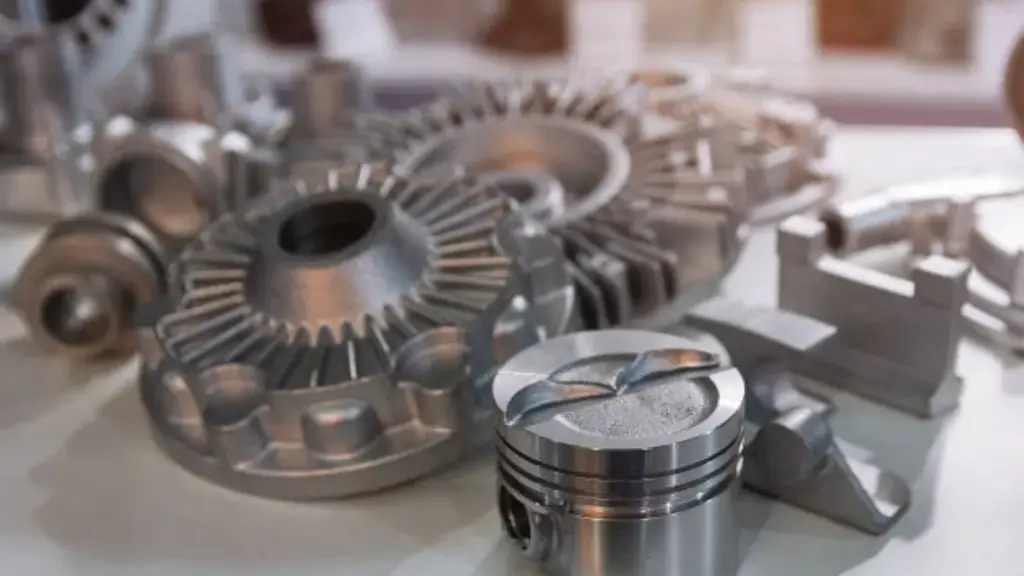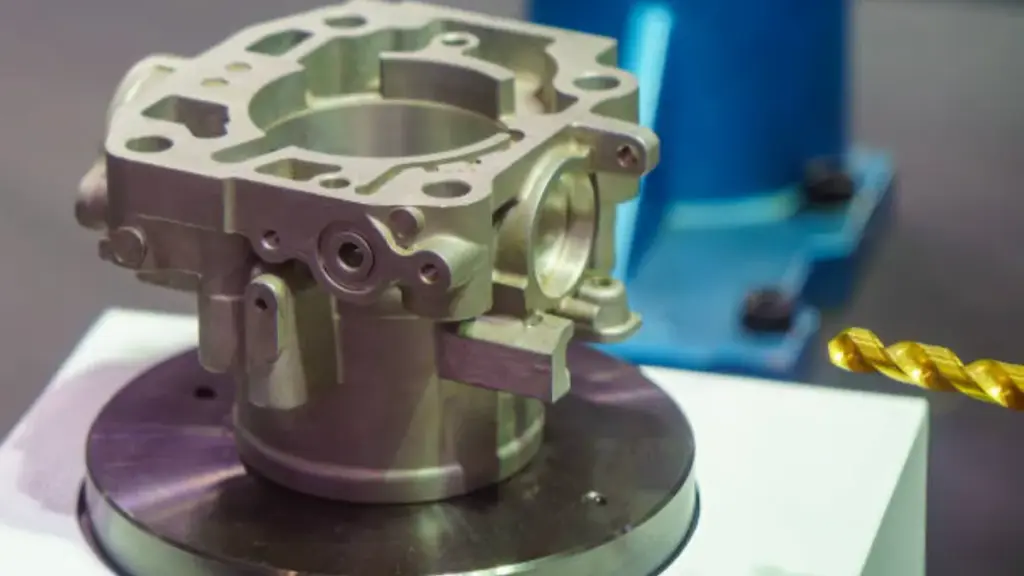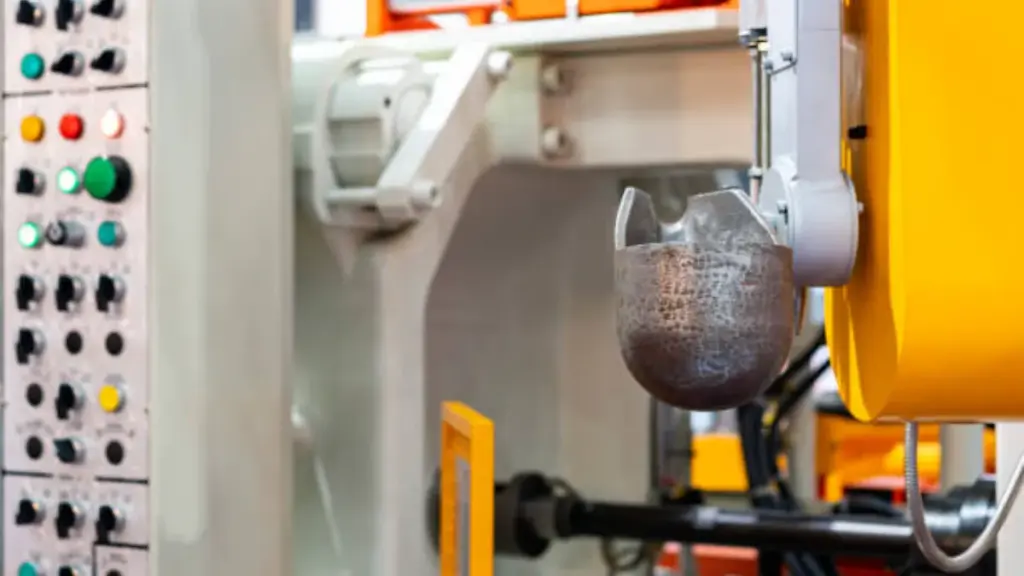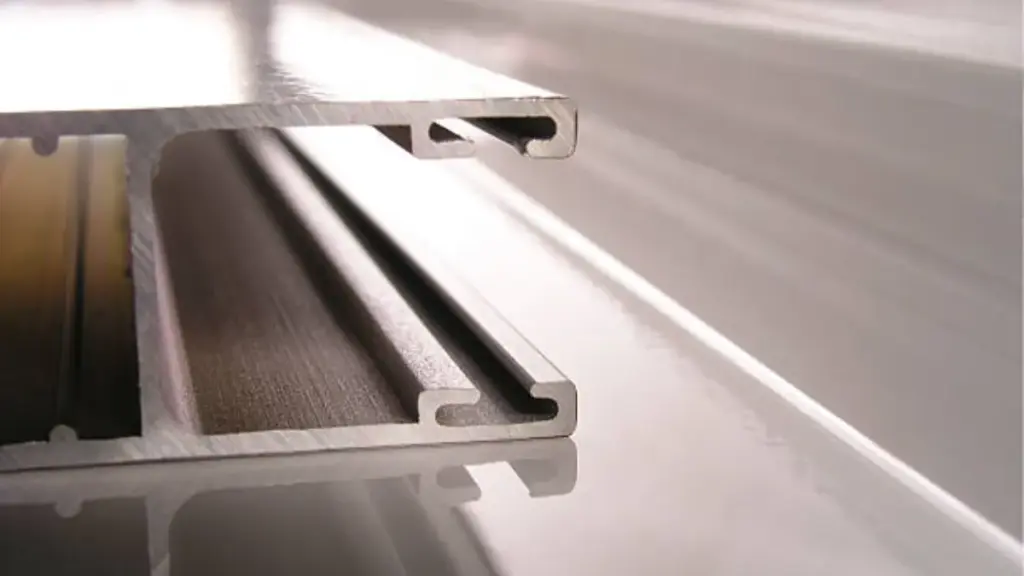Ever found yourself scratching your head over which aluminum alloy to choose for your next project? Well, you’re not alone. Today, we’re diving into the nitty-gritty of two popular aluminum alloys: ADC10 and ADC12. Both have their unique perks and quirks, and understanding these can help you make an informed decision. So, let’s get down to brass tacks (or should I say aluminum tacks?).
What is ADC10 Aluminum Alloy?

Alright, let’s kick things off with ADC10. This alloy is a bit of a workhorse in the aluminum die casting. It’s known for its solid mechanical properties and good thermal conductivity. Think of ADC10 as that reliable friend who’s always there when you need them, providing steady performance and not letting you down. It’s commonly used in automotive parts, electrical components, and general engineering applications where robustness is key.
What is ADC12 Aluminum Alloy?
Next up, ADC12. This one’s a bit of a star in the aluminum die-casting world. It’s got a knack for detail, making it perfect for intricate designs and precision parts. ADC12 is like the artist of the group, with excellent castability and corrosion resistance, which means it flows better into molds and holds up well over time. You’ll often find ADC12 in electronic housings and high-performance automotive parts.
Pros and Cons of ADC10 Aluminum Alloy
Pros of ADC10 Aluminum Alloy
- Solid Mechanical Properties: ADC10 boasts impressive tensile strength and yield strength, making it ideal for parts that need to withstand stress.
- Good Thermal Conductivity: It’s great at dissipating heat, which is a bonus for components that generate a lot of heat.
- Versatility: Suitable for a wide range of applications from automotive to electrical parts.
Cons of ADC10 Aluminum Alloy
- Castability: While it’s good, it’s not the best. ADC10 doesn’t flow as smoothly into complex molds as ADC12.
- Corrosion Resistance: It’s decent but not as high as ADC12, which might matter in more corrosive environments.
Pros and Cons of ADC12 Aluminum Alloy
Pros of ADC12 Aluminum Alloy
- Excellent Castability: ADC12 flows like a dream into intricate molds, making it perfect for detailed and precise components.
- High Corrosion Resistance: It stands up well against the elements, which is great for parts exposed to harsh conditions.
- Good Mechanical Properties: While slightly lower than ADC10, its tensile and yield strengths are still commendable.
Cons of ADC12 Aluminum Alloy
- Thermal Conductivity: Not quite as high as ADC10, which might be a drawback for heat-dissipating applications.
- Slightly Lower Strength: It’s strong but doesn’t quite hit the high marks of ADC10 in terms of mechanical strength.
ADC10 vs. ADC12 Aluminum
ADC10 and ADC12 are both aluminum die casting alloys commonly used in manufacturing due to their favorable properties. Here’s a comparison of the two:
| Criteria | ADC10 | ADC12 |
| Composition | Contains slightly more silicon (Si) and iron (Fe) | Typically has a slightly higher percentage of copper (Cu) |
| Tensile Strength | Around 310 MPa | Around 290 MPa |
| Yield Strength | Approximately 140 MPa | Approximately 130 MPa |
| Hardness (Brinell) | About 85 HB | About 80 HB |
| Elongation | Typically around 3% | Around 2.5% |
| Castability | Good castability, but not as fluid in complex molds | Better castability, preferred for intricate casting |
| Corrosion Resistance | Decent corrosion resistance | Generally exhibits better corrosion resistance |
| Thermal Conductivity | Slightly better thermal conductivity, efficient heat dissipation | Lower thermal conductivity compared to ADC10 |
| Applications | Automotive parts, electrical components, general engineering | High precision and intricate designs, electronic housings, high-performance automotive parts |
| Cost | Generally no significant price difference | Generally no significant price difference |
To sum up:
- ADC10: Slightly better mechanical properties, thermal conductivity, and good for applications requiring robustness.
- ADC12: Better castability and corrosion resistance, ideal for intricate and high-precision applications.
Conclusion
Choosing between ADC10 and ADC12 aluminum alloys boils down to what you need for your specific project. Are you looking for strength and heat management? Go for ADC10. Need something for detailed casting and corrosion resistance? ADC12 is your buddy. Both alloys bring their own strengths to the table, and knowing these can help you pick the perfect material for your needs.
FAQs
- What is the main difference between ADC10 and ADC12 aluminum? The main difference lies in their properties: ADC10 has better mechanical strength and thermal conductivity, while ADC12 offers superior castability and corrosion resistance.
- Which alloy is better for automotive applications? It depends on the specific application. ADC10 is better for parts requiring strength and heat dissipation, while ADC12 is preferred for intricate, corrosion-resistant parts.
- How does the composition of ADC10 and ADC12 affect their properties? ADC10 generally has more silicon and iron, enhancing its strength and thermal properties. ADC12 has more copper, improving its castability and corrosion resistance.
- Are there significant cost differences between ADC10 and ADC12? Typically, there isn’t a huge cost difference between the two alloys. The choice usually depends more on the specific needs of the project rather than the cost.
- What are the common applications for ADC10 and ADC12 aluminum? ADC10 is commonly used in automotive parts, electrical components, and general engineering applications. ADC12 is favored for electronic housings, high-precision automotive parts, and other intricate castings.

